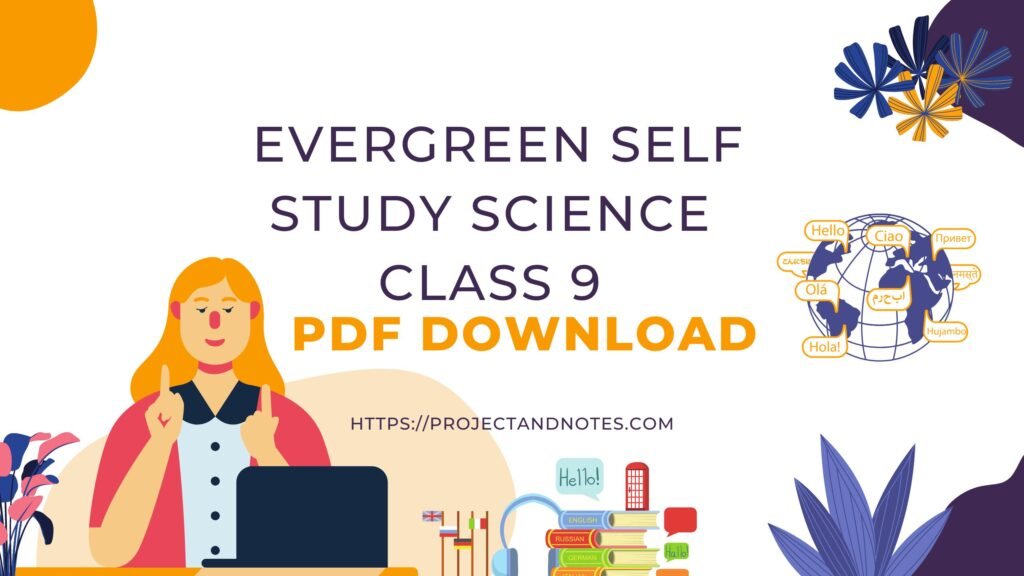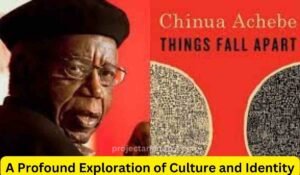Hello guys, I am Shweta, here today I am going to tell you about the EVERGREEN SELF STUDY SCIENCE CLASS 9 PDF DOWNLOAD.
Academic success requires self-study to be successful. Self-study can be a great help when it comes to understanding complex scientific topics and principles. For students, class nine is an important year as it lays the foundation for higher education. Here are some timeless study tips for Science class 9 students that they can use anytime.
First and foremost, it’s crucial to learn the fundamentals well. A solid foundation is necessary to understand more complex ideas because science is built on fundamental notions. Second, a good strategy to remember knowledge is to read the textbook carefully and take notes. Concept visualisation can also benefit from the use of diagrams and flowcharts.
Also, solving practise papers and questions might help with knowing how to apply topics. Effective self-study also requires regular review and self-evaluation.
In conclusion, self-study is an essential talent for academic achievement, and Science Class 9 offers students a great chance to cultivate self-study abilities that will help them all the way through their academic careers. Students can lay a solid scientific foundation and prepare themselves for a prosperous future by concentrating on the fundamentals and reading, practising, and revising frequently.

ALL CHAPTERS PDF DOWNLOAD
CHAPTER 1 :- MATTER IN OUR SURROUNDINGS
Science’s foundational idea of “Matter in Our Surrounding” is concerned with the different states of matter and its characteristics. It investigates the physical properties of matter and the alterations it experiences under various circumstances. Students must comprehend this idea since it serves as the foundation for more complex physics and chemistry concepts.
CHAPTER 2 :- IS MATTER AROUND US PURE
Science’s “Is Matter Around Us Pure” concept explores the distinction between pure and impure matter and the procedures for dissolving mixtures into their component parts. Students need to comprehend this idea because it aids in their comprehension of the chemical and physical characteristics of matter and its uses in a variety of professions.
CHAPTER 3 :- ATOMS AND MOLECULES
The fundamental scientific idea of “atoms and molecules” is concerned with the microscopic structure and characteristics of matter. It explains how atoms form molecules, their structure, and their nature. Students must comprehend this idea since it serves as the basis for understanding more difficult physics and chemistry ideas. Additionally, it has useful uses in a number of industries, including technology, engineering, and medicine.
CHAPTER 4 :- STRUCTURE OF THE ATOM
Science’s “Structure of the Atom” theory is a fundamental idea that examines the makeup and characteristics of atoms at the microscopic level. Subatomic particles, atomic number, isotopes, and electron configurations are some of the subjects it addresses. Students must grasp this idea since it serves as the foundation for understanding matter’s behaviour and how it is used in physics, chemistry, and other disciplines. Also, it aids in the comprehension of matter’s structure, chemical and physical makeup, and interactions with other substances.
CHAPTER 5 :- THE FUNDAMENTAL UNIT OF LIFE
Cells are the fundamental units of life, and “The Basic Unit of Life” is an important idea in biology that examines their composition and operation. It addresses issues like cell division, cell specialisation, and cell structure. Understanding this concept is essential for students as it forms the foundation for understanding more complex concepts in Biology, including genetics, evolution, and ecology. It also has practical applications in various fields, including medicine, biotechnology, and agriculture.
CHAPTER 7 :- DIVERSITY IN LIVING ORGANISMA
A key idea in biology is “diversity in living beings,” which is the division of living things into numerous groups according to their traits, features, and evolutionary history. It addresses subjects like phylogeny, systematics, and taxonomy. As it sheds light on the diversity of life on Earth, its evolutionary history, and the relationships between various organisms, understanding this idea is crucial for pupils. Additionally, it has useful uses in a number of industries, including biotechnology, medicine, and conservation biology.
CHAPTER 8 :- MOTION
A key idea in physics is “motion,” which is the movement of things in space and time. It addresses issues including velocity, displacement, acceleration, and speed. For pupils to fully understand the notion, they must have an understanding of how matter behaves and interacts with the environment. It is also useful in a variety of industries, including as engineering, transportation, and sports.
CHAPTER 9 :- FORCE AND LAWS OF MOTION
A key idea in physics is “Force and Laws of Motion,” which discusses how things interact with the forces that control their motion. It addresses issues including Newton’s laws of motion, different forms of forces, and how those forces affect motion. For pupils to fully understand the notion, they must have an understanding of how matter behaves and interacts with the environment. It is also useful in a variety of industries, including as engineering, transportation, and space exploration.
CHAPTER 10 :- GRAVITATION
A fundamental idea in physics is called “gravitation,” and it deals with the force that draws two objects together due to their masses. It includes subjects including Kepler’s laws, the motion of celestial bodies, and Newton’s law of universal gravity. For pupils to fully understand the notion, they must have an understanding of how matter behaves and interacts with the environment. It is also used practically in a variety of disciplines, such as astronomy, engineering, and space exploration.
CHAPTER 11 :-FLOATATION
The idea of “floatation” in physics describes how the equilibrium of buoyant force and gravity force causes things to float or sink in fluids. It discusses things like density, the Archimedes principle, and specific gravity. For students to fully understand the behaviour of matter and its interactions with fluids, they must comprehend this notion. Also, it is used practically in a number of industries, such as naval architecture, marine engineering, and ship and submarine design.
CHAPTER 12 :- WORK, POWER AND ENERGY
The concept of “Work, Power, and Energy” is important in Physics because it deals with the transfer of energy and the application of force to produce work. It discusses kinetic and potential energy, energy conservation, and the relationship between work, power, and energy. Understanding this concept is critical for students because it provides insights into matter’s behaviour and interactions with energy. It is also useful in a variety of fields, including engineering, transportation, and renewable energy.
CHAPTER 13 :-SOUND
The term “sound” refers to a fundamental concept in physics that deals with the generation, propagation, and reception of waves that cause audible vibrations in matter. It discusses frequency, wavelength, intensity, and the behaviour of sound in various media. Understanding this concept is critical for students because it provides insights into matter’s behaviour and interactions with sound waves. It is also useful in a variety of fields such as acoustics, music, and telecommunications.
CHAPTER 14 :- WHY DO WE FALL ILL
The term “sound” refers to a fundamental concept in physics that deals with the generation, propagation, and reception of waves that cause audible vibrations in matter. It discusses frequency, wavelength, intensity, and the behaviour of sound in various media. Understanding this concept is critical for students because it provides insights into matter’s behaviour and interactions with sound waves. It is also useful in a variety of fields such as acoustics, music, and telecommunications.
CHAPTER 15 :- NATURAL RESOURCES
Natural resources are materials or substances found in the environment that can be used for economic gain or benefit. Minerals, timber, water, fossil fuels, and wildlife are examples of natural resources. These resources can be renewable or nonrenewable, and managing them is critical for long-term development. Natural resource overexploitation and mismanagement can result in environmental degradation, biodiversity loss, and resource access conflicts. Responsible resource use and conservation are critical for the long-term well-being of human societies and the planet.
CHAPTER 16 :- IMPROVEMENT IN FOOD RESOURCES
Improving food resources is critical to feeding the world’s growing population. Agricultural technological advances, such as genetic modification and precision farming, have increased crop yields while decreasing waste. Organic farming and agroforestry are two examples of sustainable agriculture practises that can boost food production while conserving natural resources.
Furthermore, reducing food waste through improved supply chain management and consumer behaviour can increase food availability. Innovative solutions, such as vertical farming and aquaponics, have the potential to improve food resources even further. Collaboration between governments, non-governmental organisations, and the private sector is critical to ensuring sustainable and equitable food access.
READ MORE :- EVERGREEN SELF STUDY SOCIAL SCIENCE CLASS 9TH PDF DOWNLOAD







